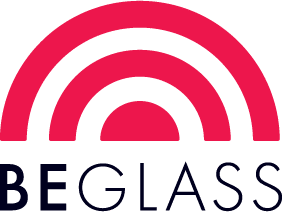Overview
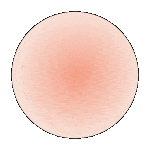
Striker
This style may not reveal (strike to) its target color until fired.
Reactive Potential
Contains: Sulfur (S) / Selenium (Se)
May React With: Copper (Cu), Lead (Pb), and Silver (Ag)
Forms of Glass
Sheet Glass (-0030, -0050), Frit (-0001, -0002, -0003, -0008) Rod (-0576) and Stringer (-0507), (-0107), Ribbon (-0401)
Detailed Information
About 000124 Sheet Glass
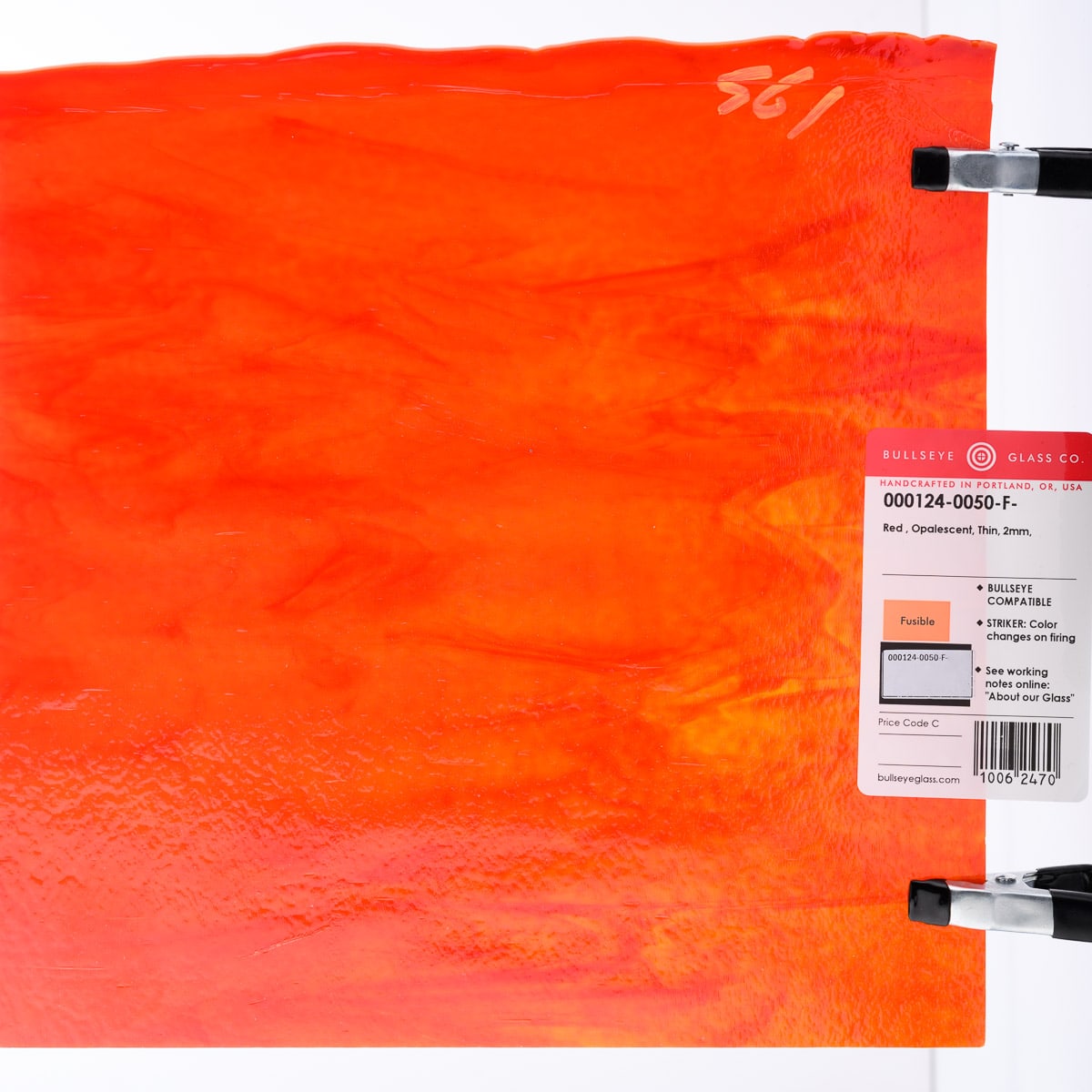
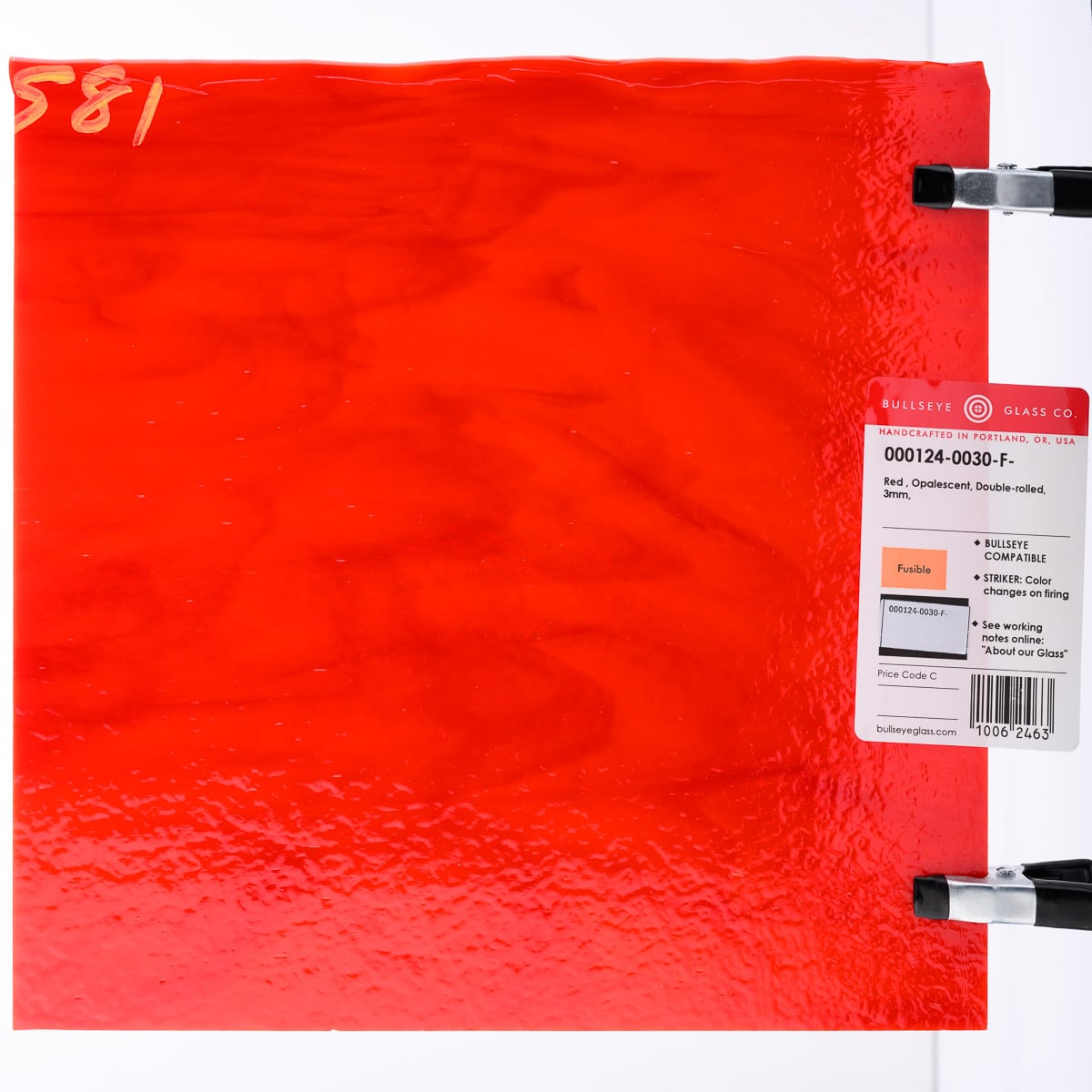
Cold Characteristics
Color variations common from red-orange to terracotta. Frequently lightly streaked and with yellow mottling on back of single-rolled sheet.
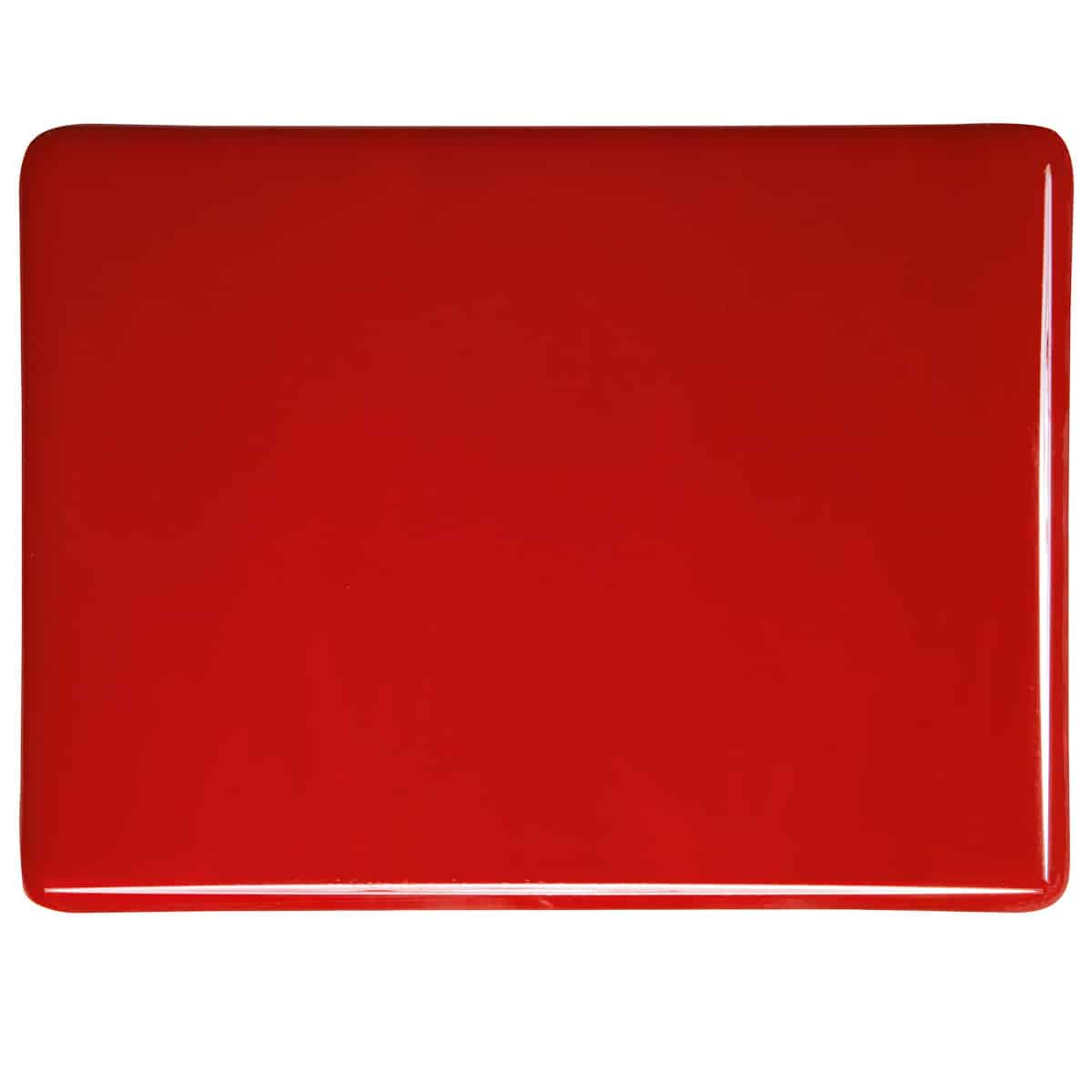
Working Notes
A cadmium/selenium glass. Can react with lead-bearing glasses or overglazes. Possible reactions with 001311, 001215. Much color variation typical upon firing. If specific color is important, always test before beginning project. Use glasses from same dates. Do not assume that sheets of the same color when cold will fire identically.
This style is not suitable for kilncasting because it can become incompatible when held at high temperatures for an extended period. It may also become incompatible in instances where processes exceed the parameters of the test for compatibility. Testing recommended when heatwork exceeds these parameters.
About 000124 Frit
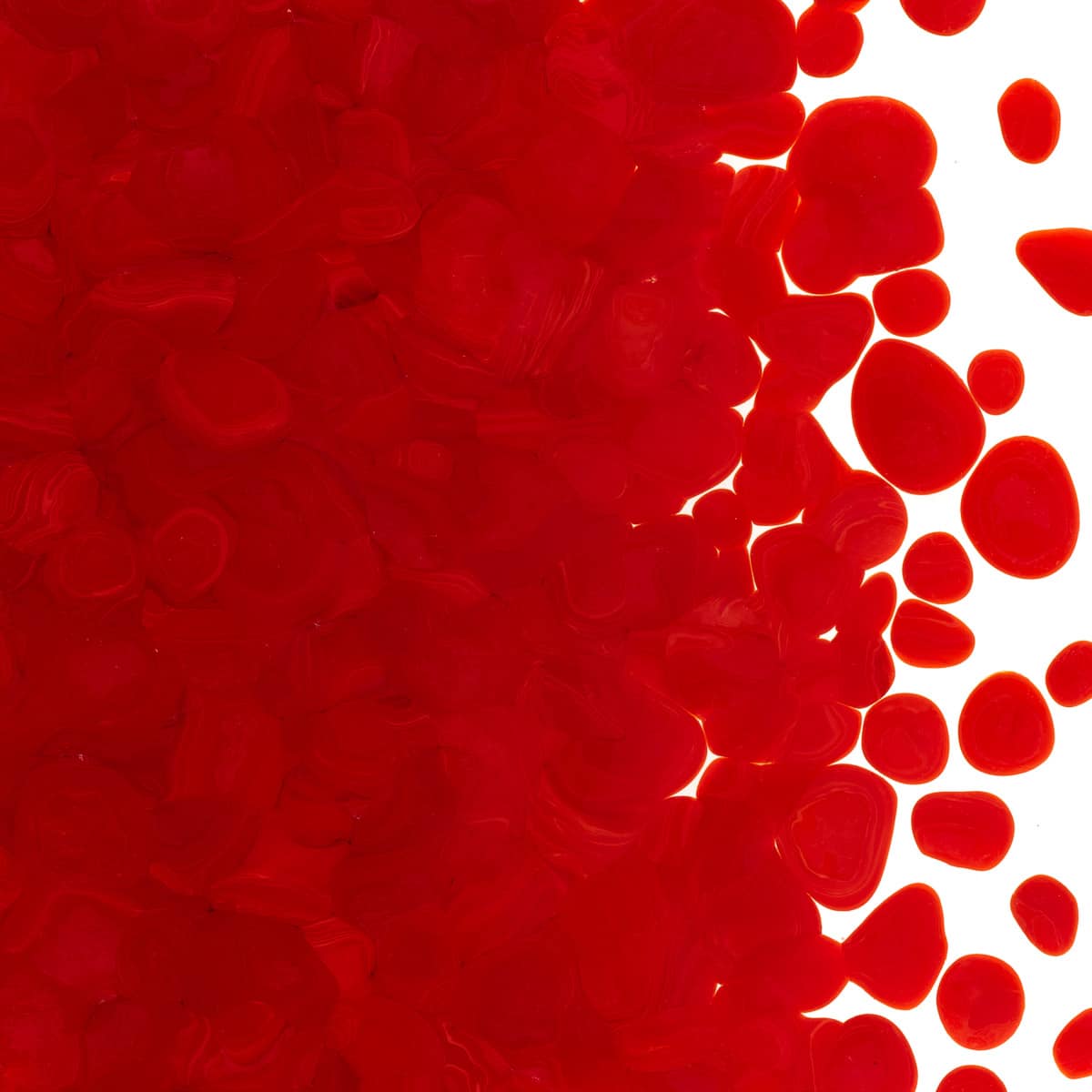
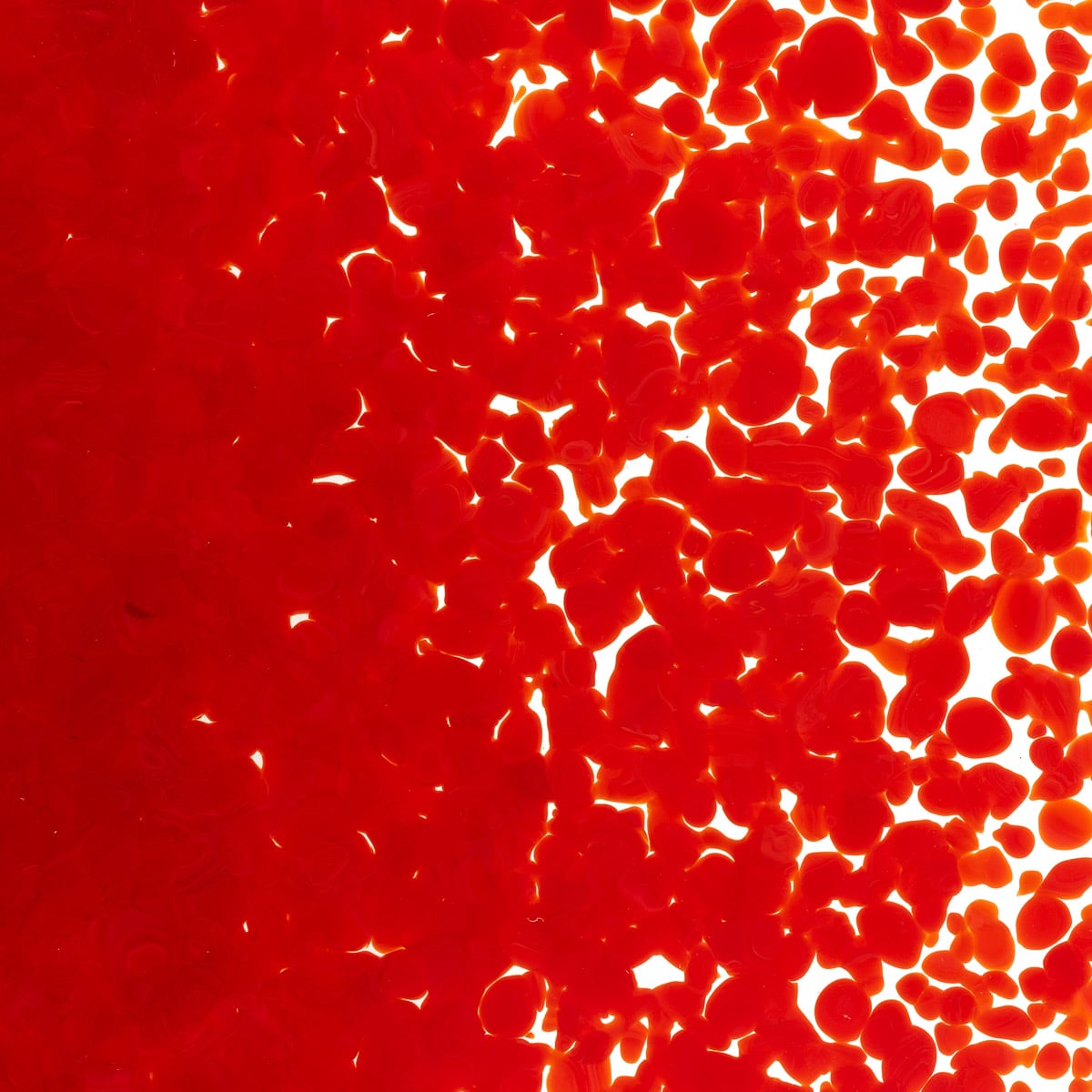
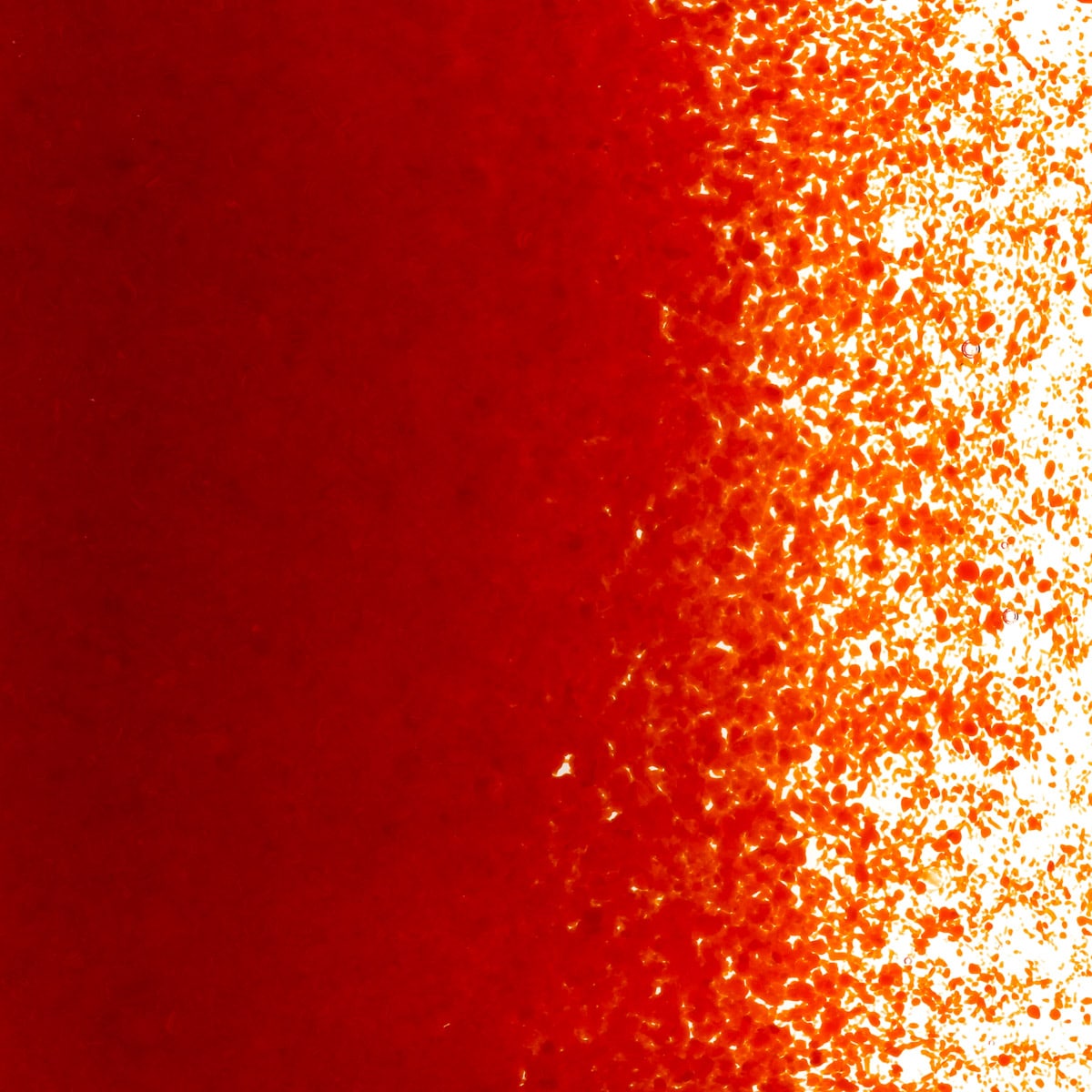
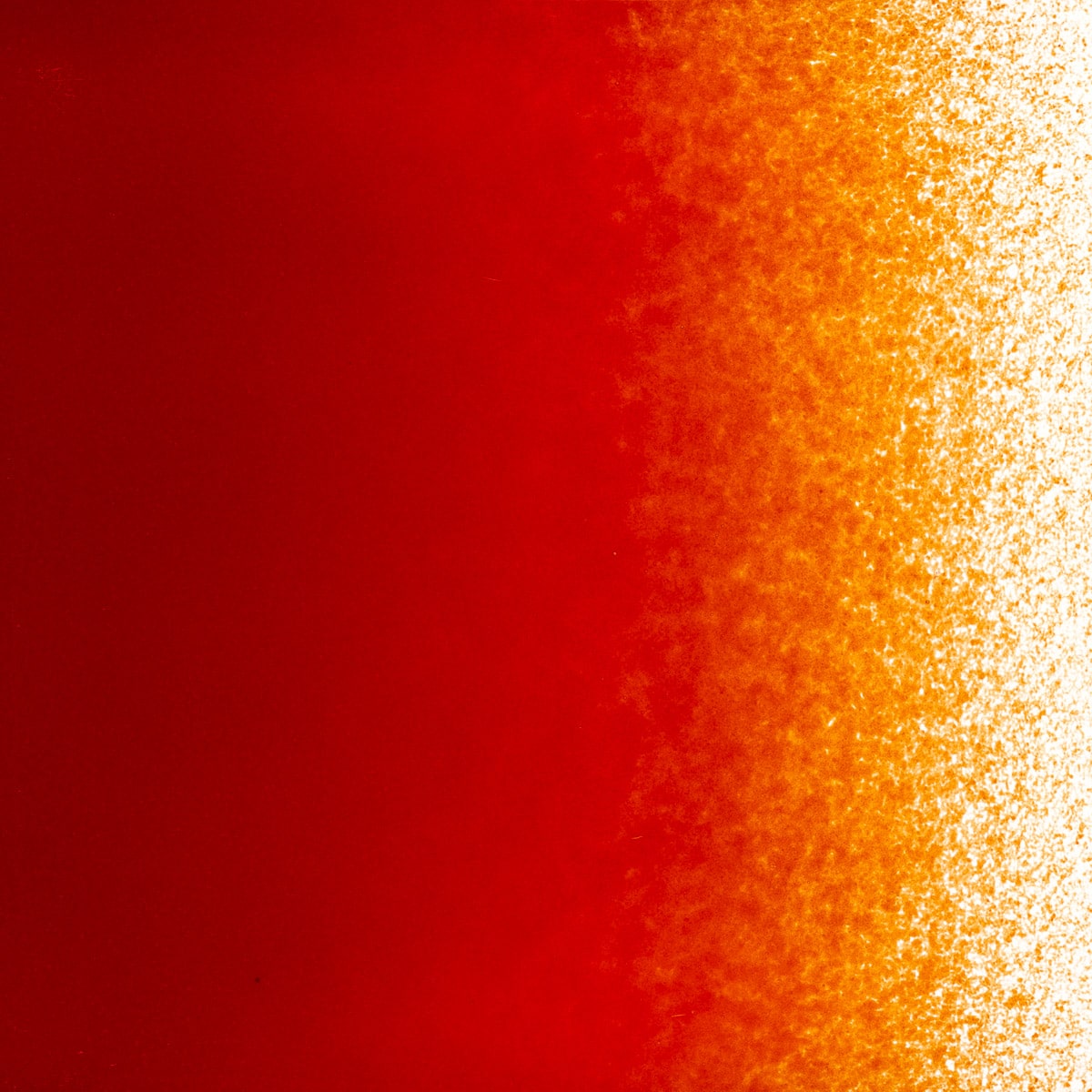
Working Notes
This style is not suitable for kilncasting because it can become incompatible when held at high temperatures for an extended period. It may also become incompatible in instances where processes exceed the parameters of the test for compatibility. Testing recommended when heatwork exceeds these parameters.
About 000124 Rod
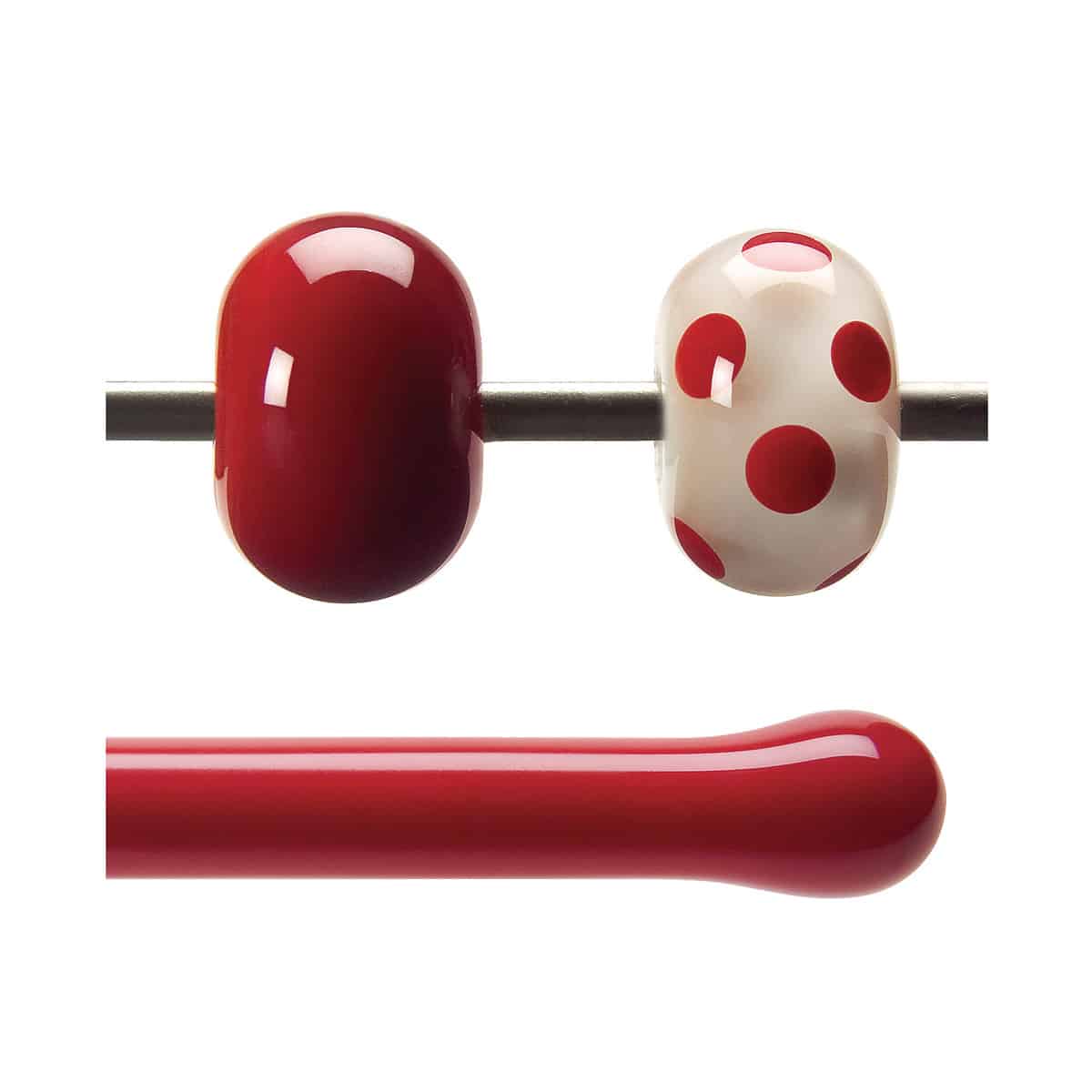
Cold Characteristics
Slight variations in cold color from one production run to another.
Working Notes
Torch: Lighter color and greater opacity than in sheet glass form. Keep it bright red by working with a neutral to oxidizing flame atmosphere. Can turn gray in reduction. A range of color can be achieved by variations in heatwork in a single piece.
Kiln: Lighter color and greater opacity than in sheet glass form.
This style is not suitable for kilncasting because it can become incompatible when held at high temperatures for an extended period. It may also become incompatible in instances where processes exceed the parameters of the test for compatibility. Testing recommended when heatwork exceeds these parameters.
About 000124 Stringer
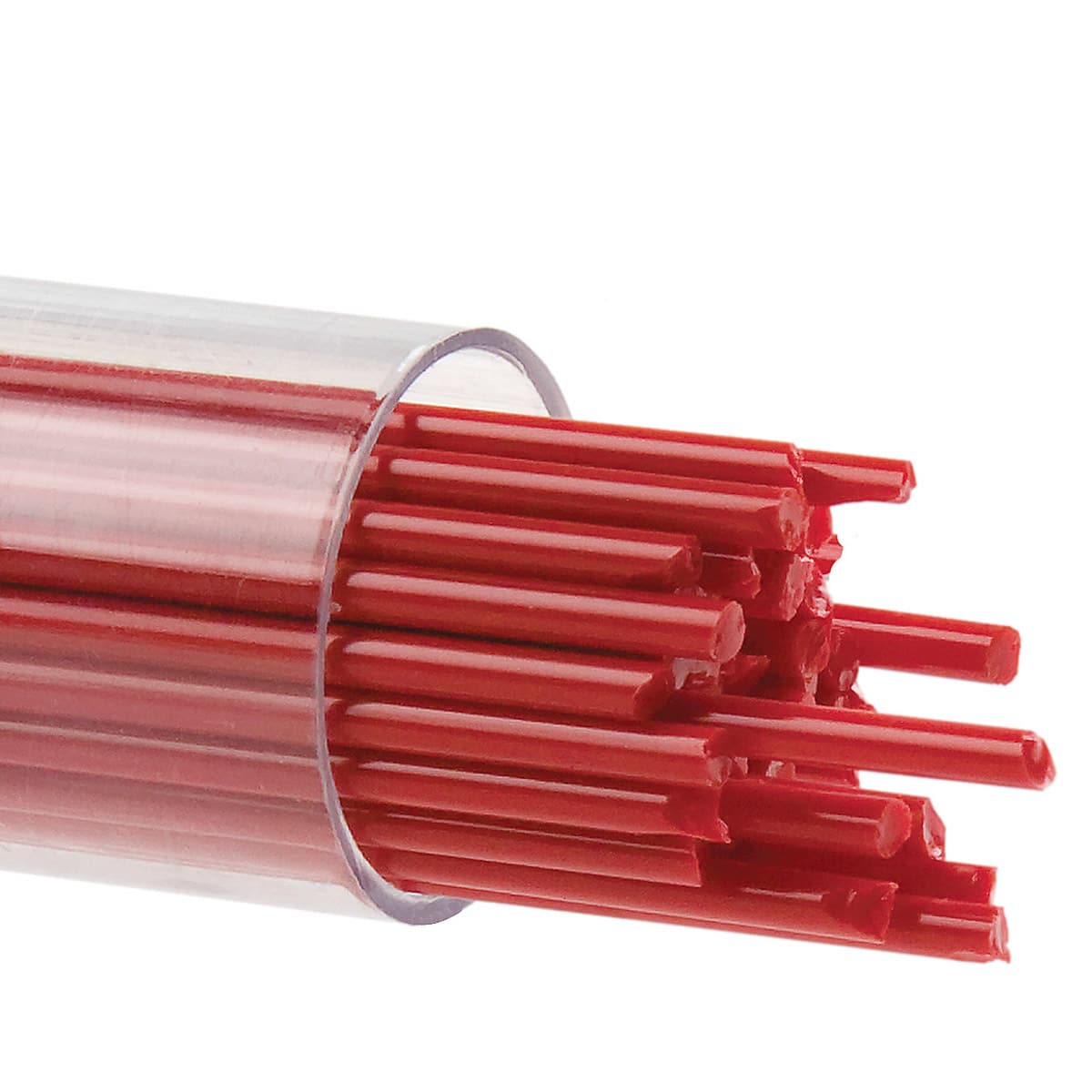
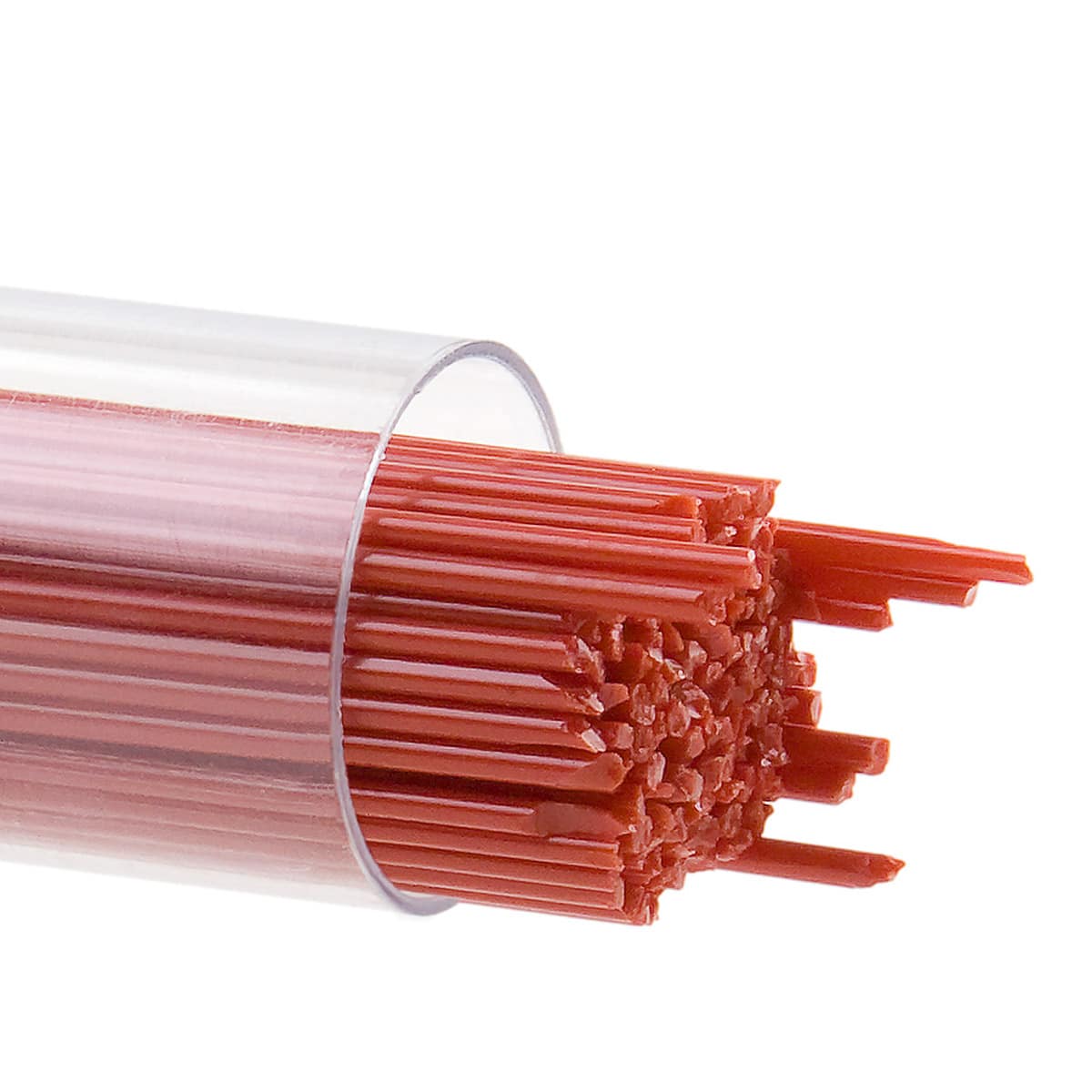
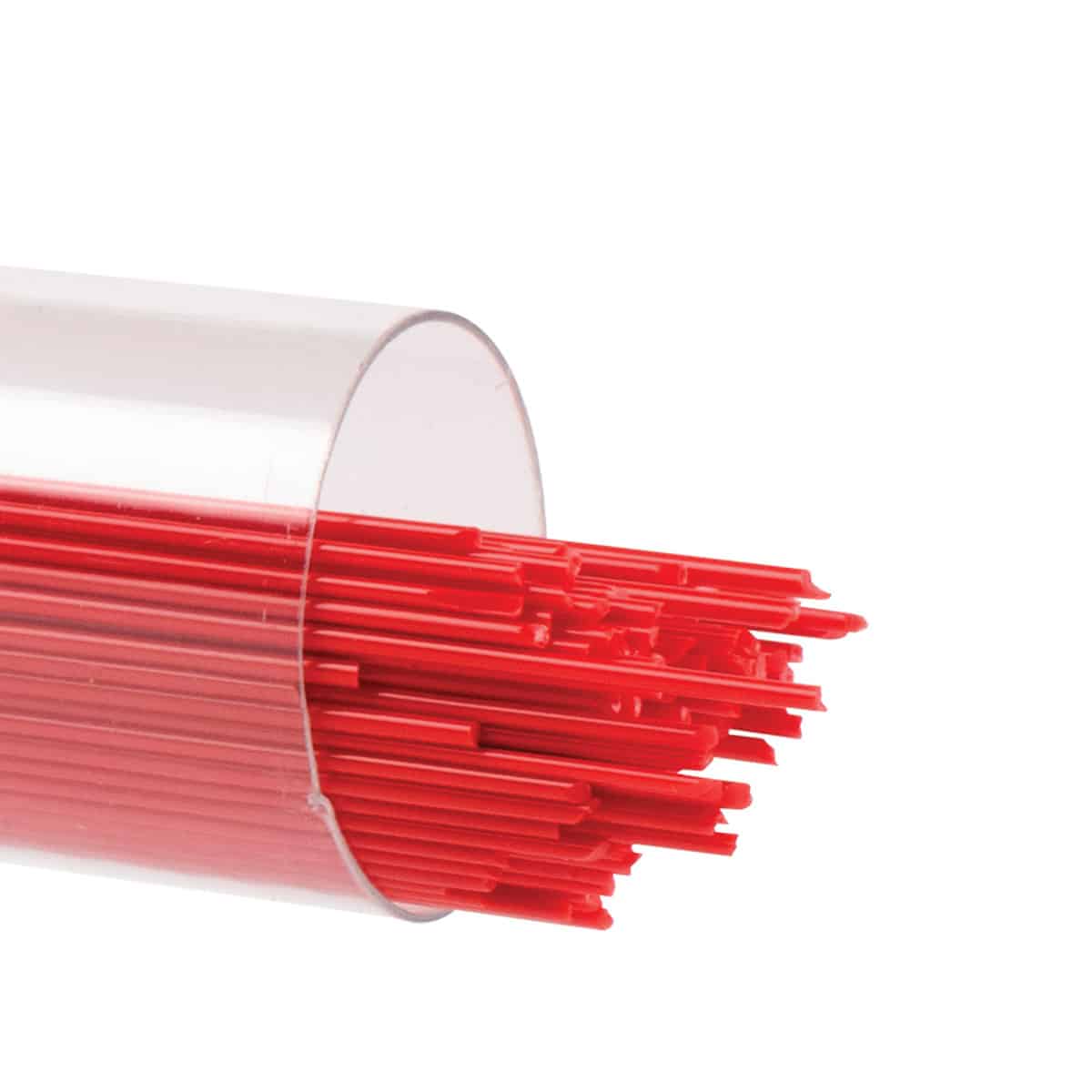
Working Notes
This style is not suitable for kilncasting because it can become incompatible when held at high temperatures for an extended period. It may also become incompatible in instances where processes exceed the parameters of the test for compatibility. Testing recommended when heatwork exceeds these parameters.
About 000124 Ribbon
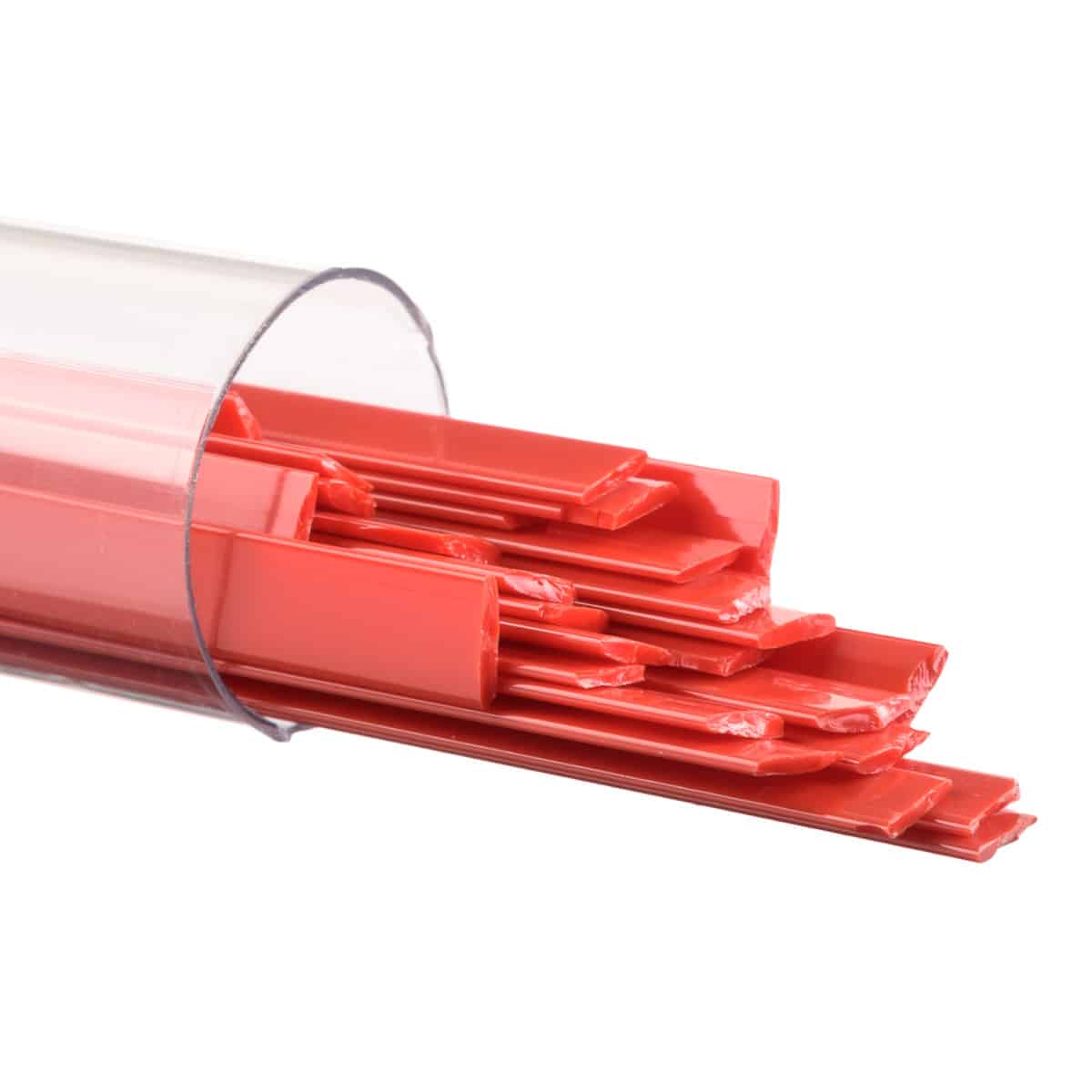
Working Notes
This style is not suitable for kilncasting because it can become incompatible when held at high temperatures for an extended period. It may also become incompatible in instances where processes exceed the parameters of the test for compatibility. Testing recommended when heatwork exceeds these parameters.
About 000124 Confetti
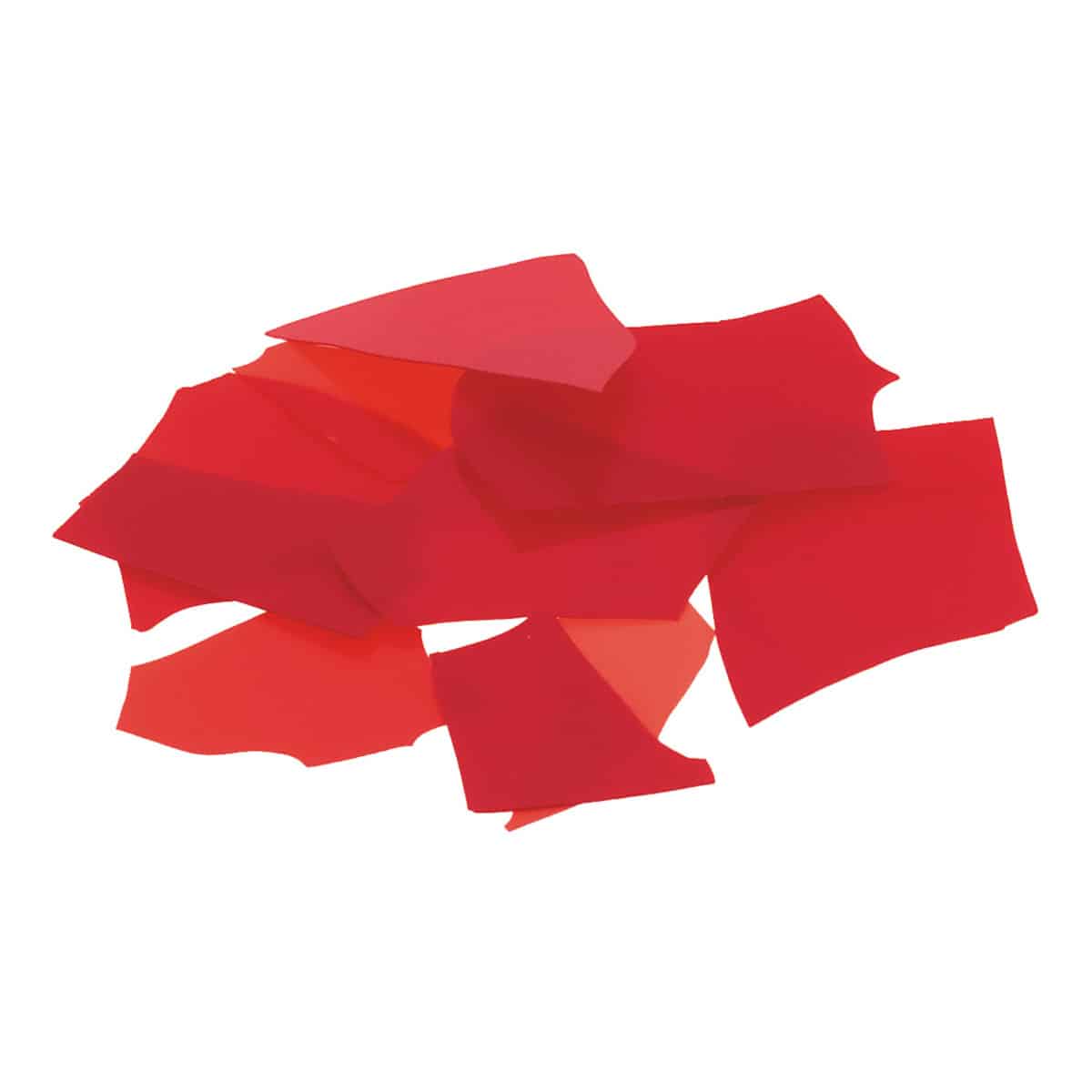
Working Notes
This style is not suitable for kilncasting because it can become incompatible when held at high temperatures for an extended period. It may also become incompatible in instances where processes exceed the parameters of the test for compatibility. Testing recommended when heatwork exceeds these parameters.
